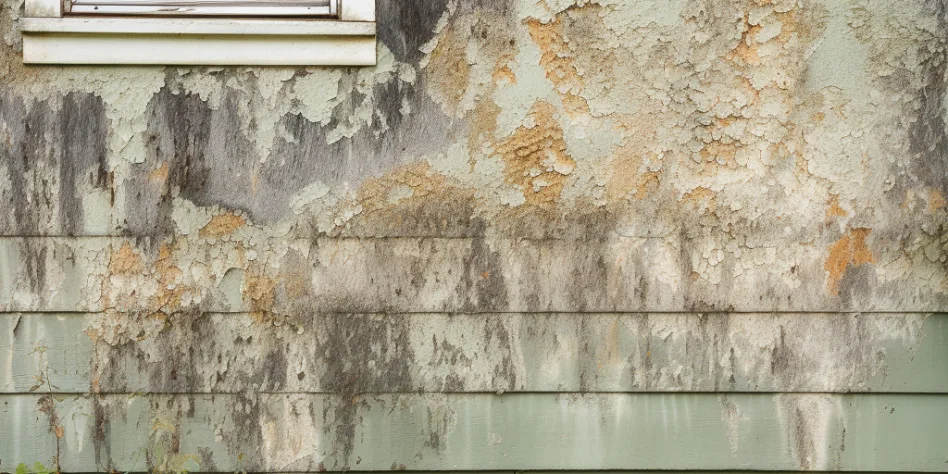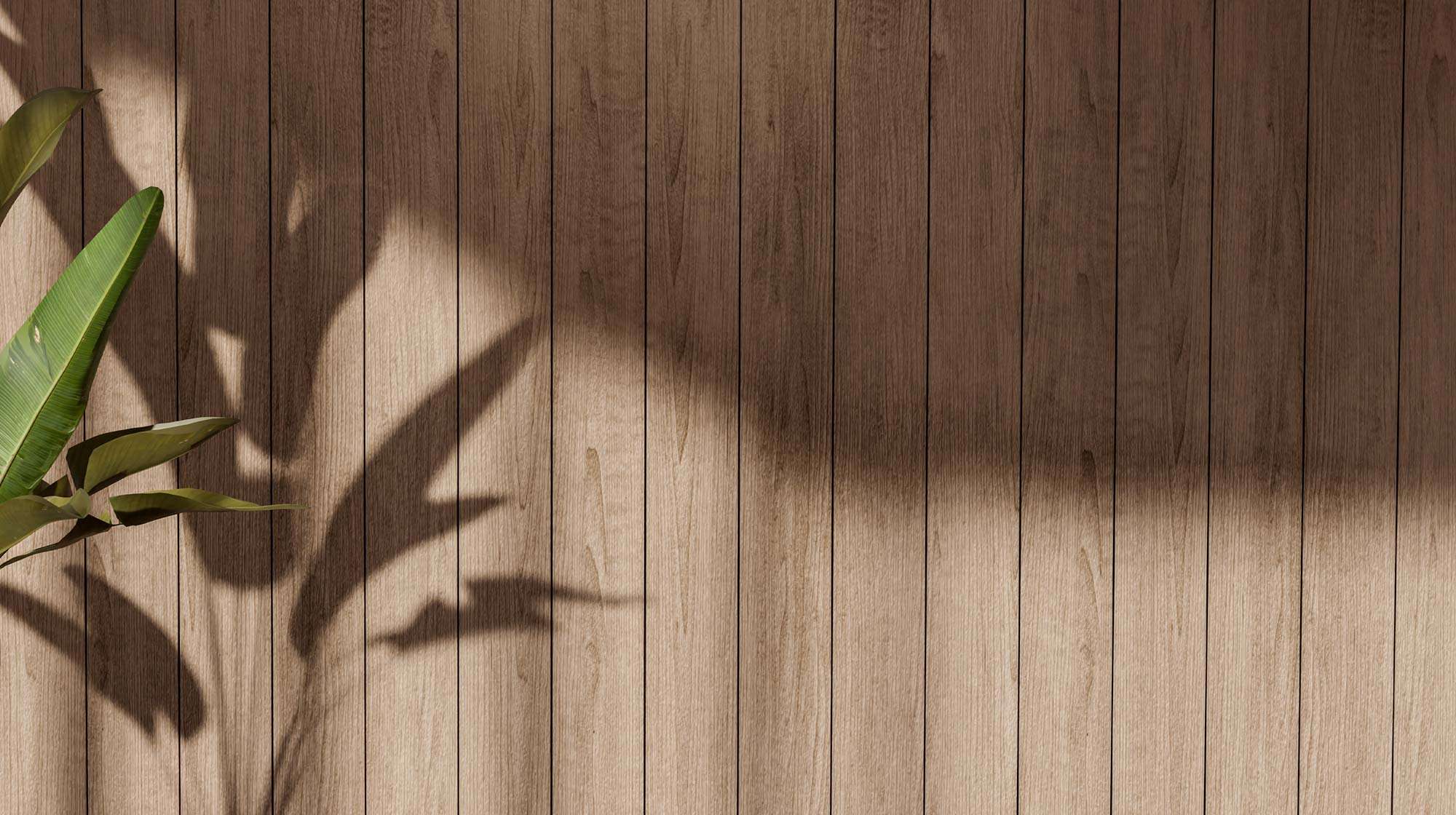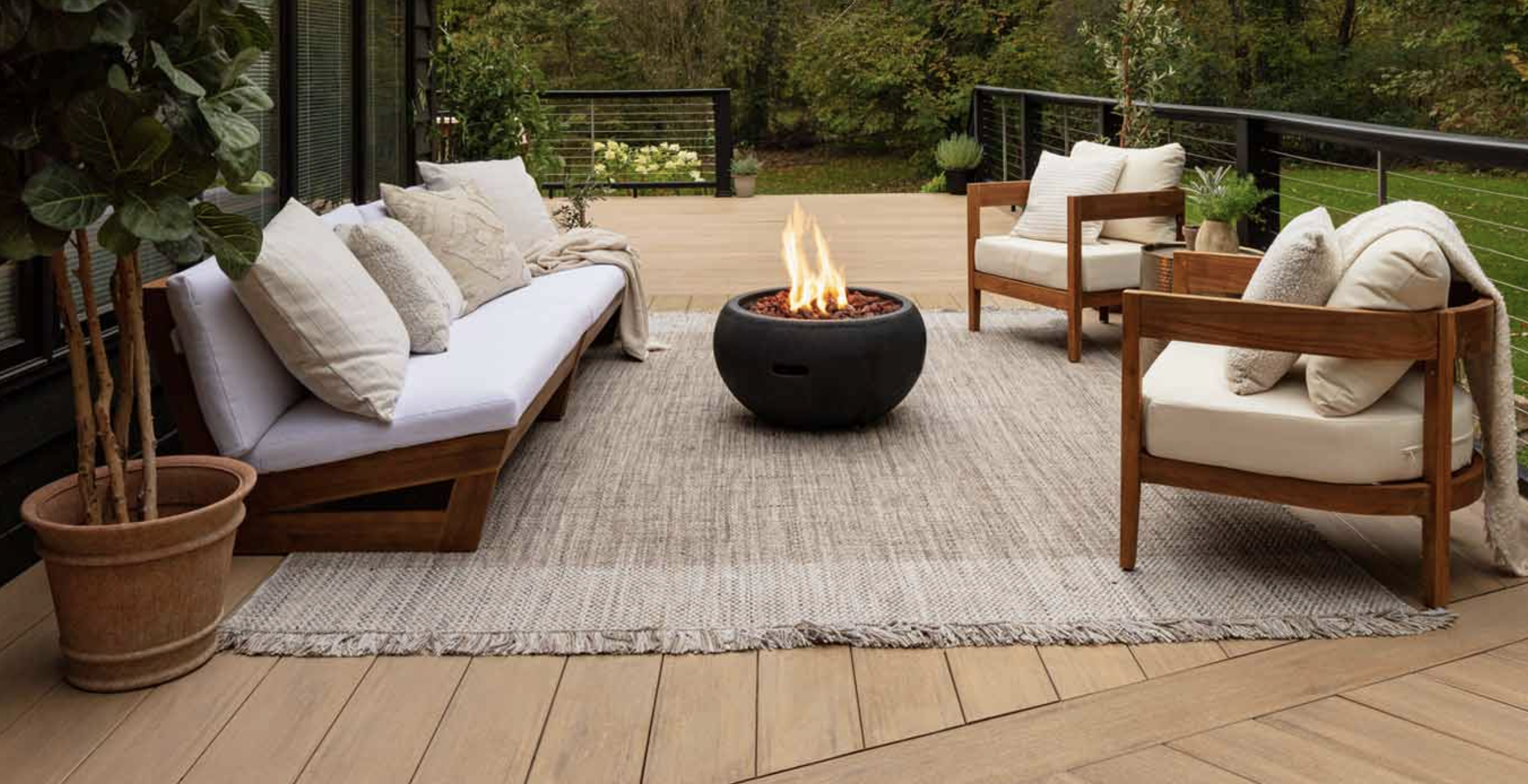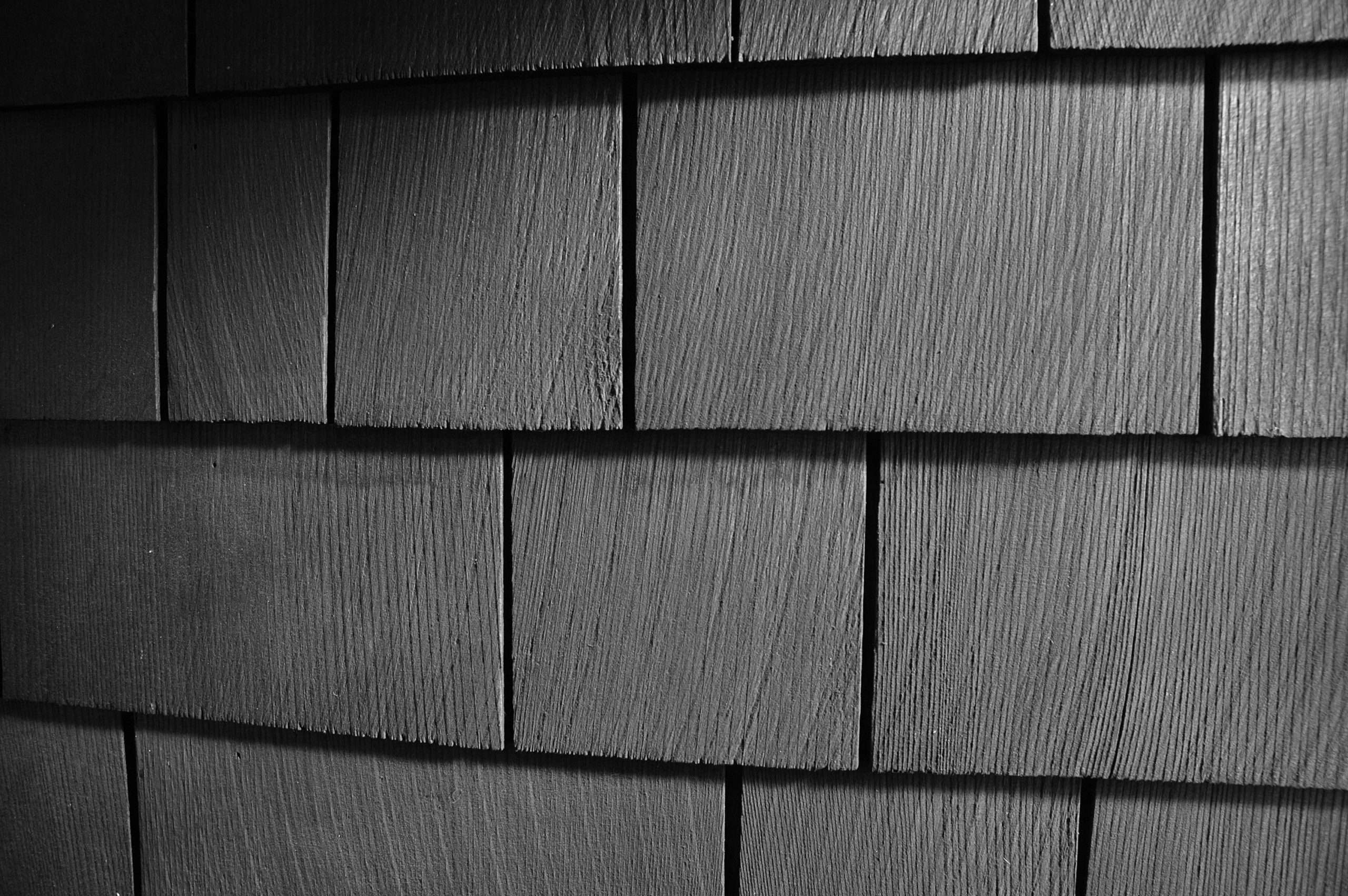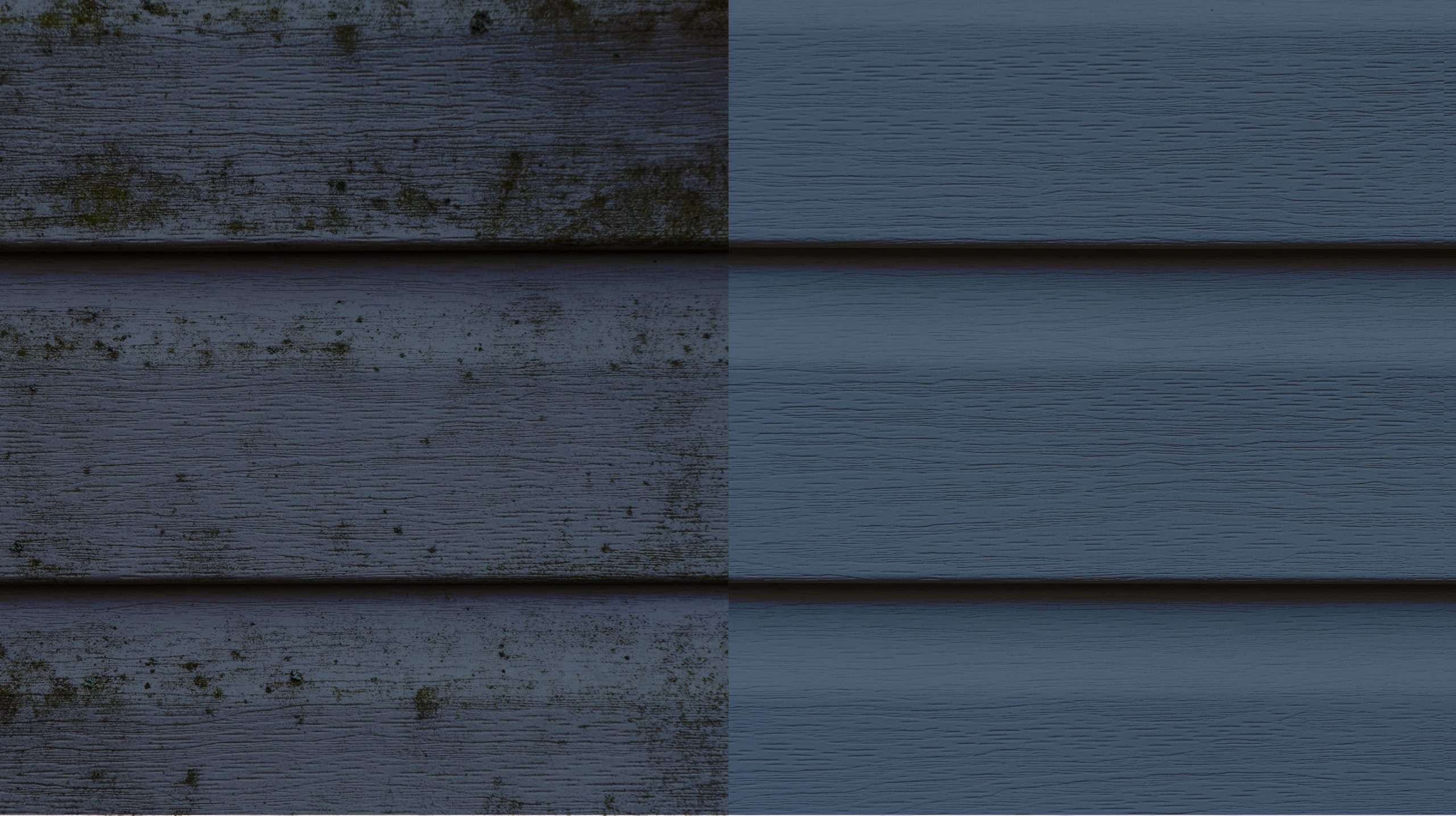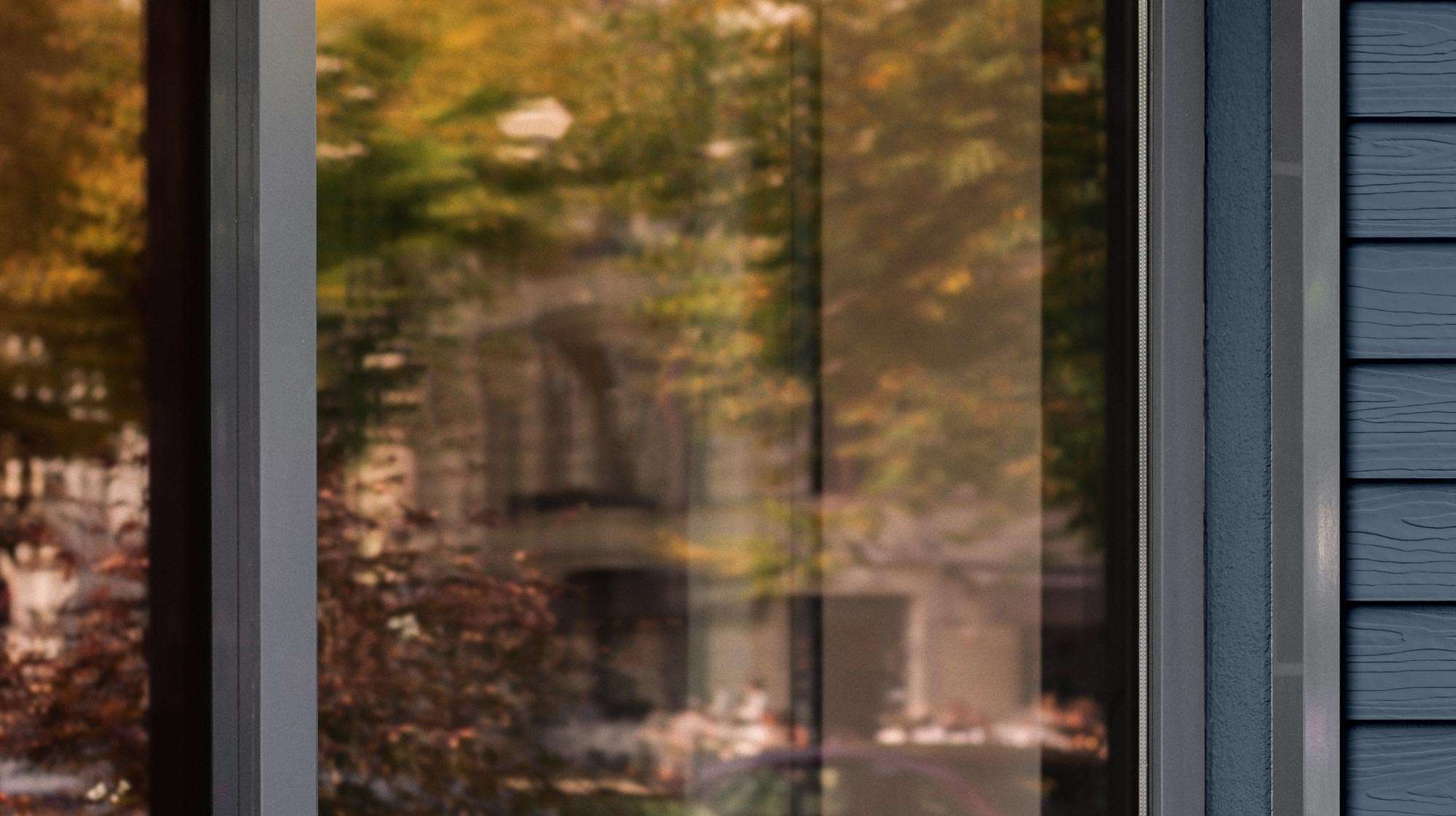Hiding in plain sight...
Mold. Mildew. There is an unseen world teeming with life, right under your nose.
Why explore what we cannot see? Understanding the science and biology behind mold and mildew growth is essential in safeguarding our homes from these unwelcome guests.
Table of Contents
- Fungi: Not So Fun for Your Home
- What is the Growth Process?
- How Do Mold and Mildew Affect Our Homes?
- How to Combat These Villains?
- Conclusion
Fungi: Not So Fun for Your Home
Both mold and mildew belong to the fungi kingdom, organisms that are neither plant nor animal. They reproduce by releasing spores, which are carried by air, insects, or water. When these spores land on a favorable surface, they germinate and grow into new colonies.
Mold and mildew have specific environmental preferences that make for ideal growth
- Moisture: The primary catalyst for fungal growth is moisture. Damp conditions, whether from rain, humidity, or condensation, provide the necessary water for spores to germinate.
- Temperature: Most molds and mildews favor moderate temperatures that are often found in human habitats.
- Food Source: These fungi feed on organic matter, which can include wood, paint, and even the oils found in dirt accumulated on surfaces.
- Shade: Direct sunlight can inhibit their growth, so they are more commonly found on shaded areas of a home's exterior.
What is the Growth Process?
When a spore lands on a damp, nourishing spot, it begins to grow by extending thread-like structures called hyphae, which spread out to form a network called mycelium.
As the mycelium spreads, it releases digestive enzymes that break down the surface material, allowing the fungus to absorb nutrients.
Mold and mildew are similar, however have some differences. Mold is typically fuzzy, or slimy. It appears in various colors like green, black, or white. Mildew usually presents as a powdery, downy texture, often white or gray, turning brown or black over time.
How Do Mold and Mildew Affect Our Homes?
Mold and mildew on exterior surfaces may lead to several issues:
- Aesthetic Damage: Discoloration and staining can degrade the appearance of a home.
- Material Damage: Over time, the digestive process of these fungi can break down wood, paint, and other materials, leading to structural damage.
- Health Concerns: Mold spores can cause allergic reactions and respiratory issues for the inhabitants when they spread into the air.
How to Combat These Villains?
It is impossible to rid your environment of mold and mildew since the spore of ubiquitous, but there are steps you are able to take to safeguard your home and family.
- Choosing Resistant Materials: Paints and coatings with antifungal properties can inhibit growth.
- Controlling Moisture: Effective drainage, proper sealing, and regular maintenance to prevent water accumulation are crucial.
- Regular Cleaning: Keeping surfaces clean removes potential food sources.
- Timely Repairs: Fixing leaks and replacing damaged materials promptly can prevent the establishment of fungal colonies.
Conclusion
The science and biology of mold and mildew are complex, yet understanding them is key to preventing their spread. Regular maintenance, moisture control, and the use of resistant materials are vital in keeping the exteriors of our homes pristine and healthy.
By taking a proactive approach, we can keep these silent invaders at bay, preserving both the beauty and integrity of our living spaces.
